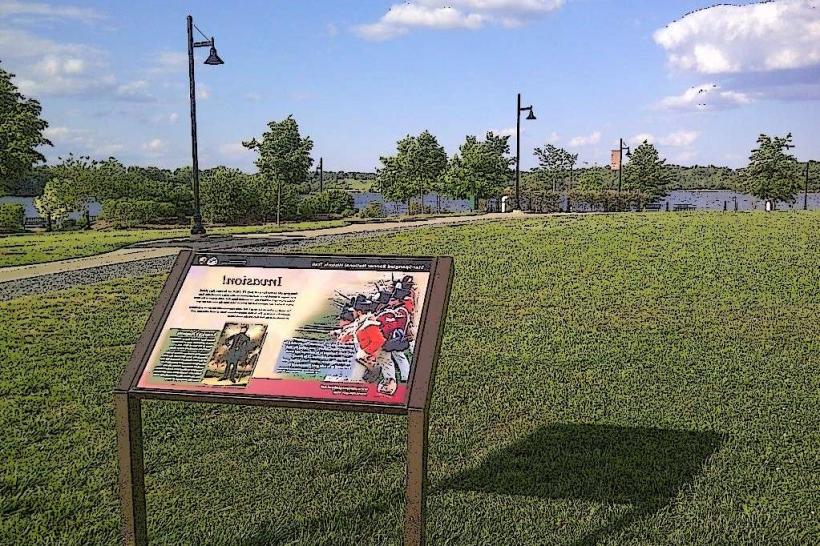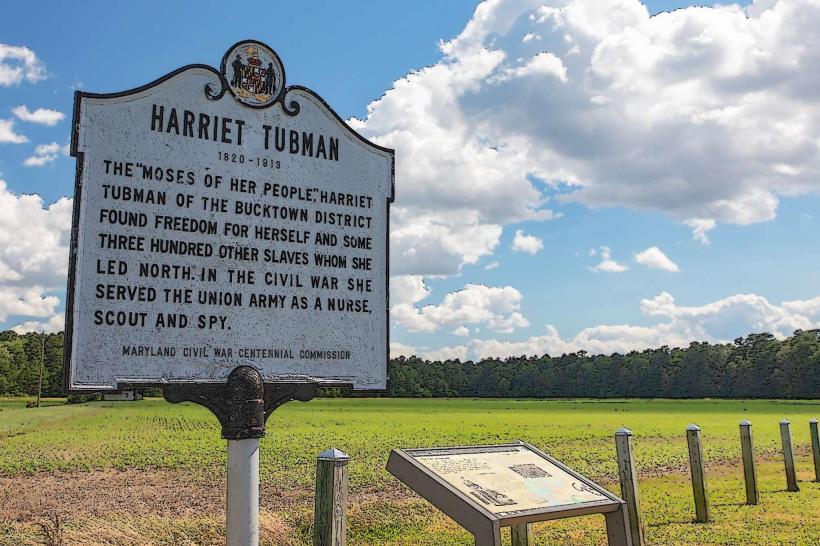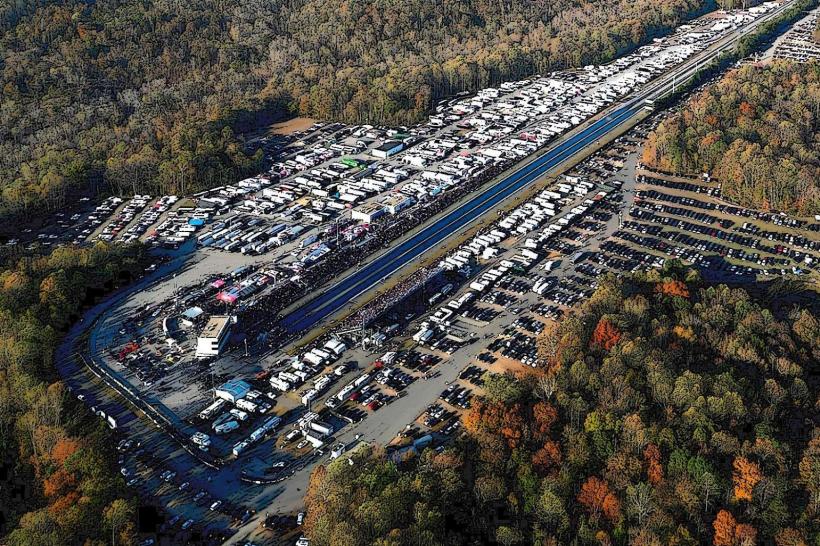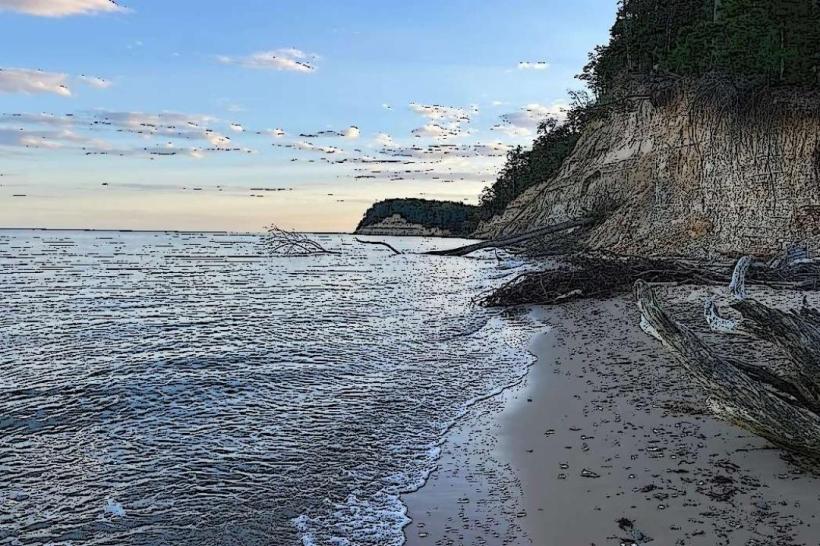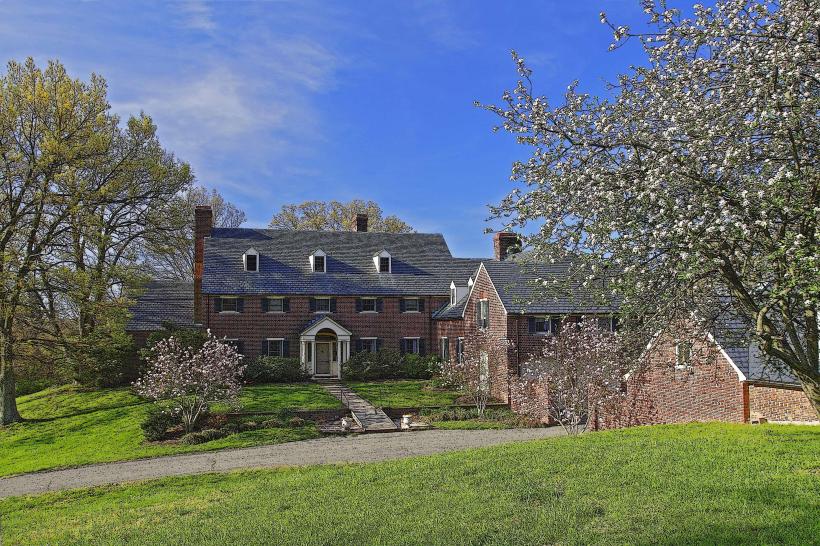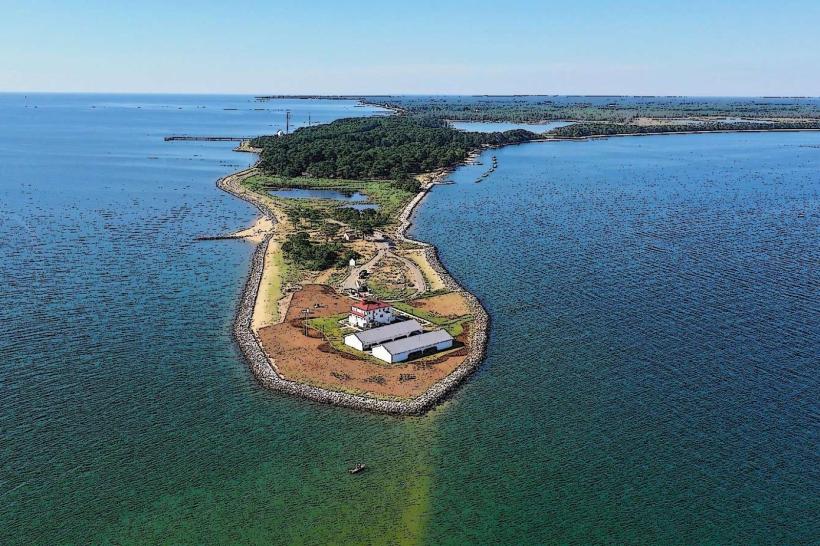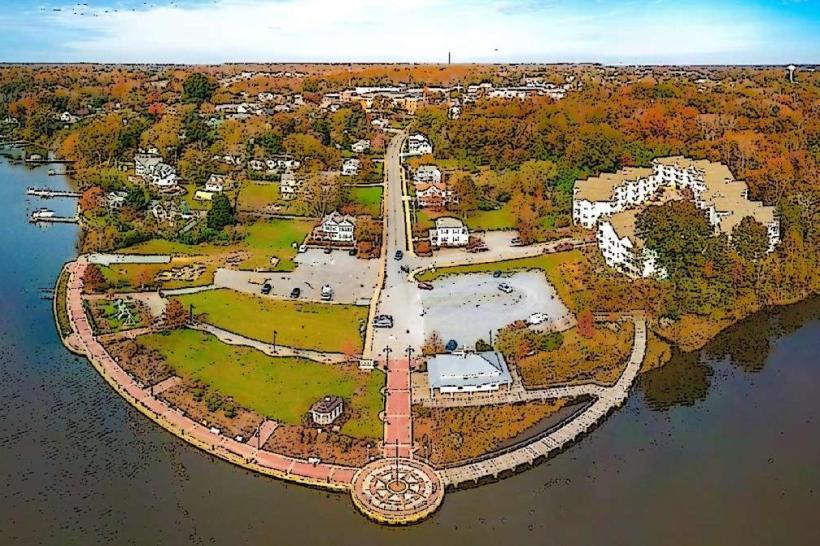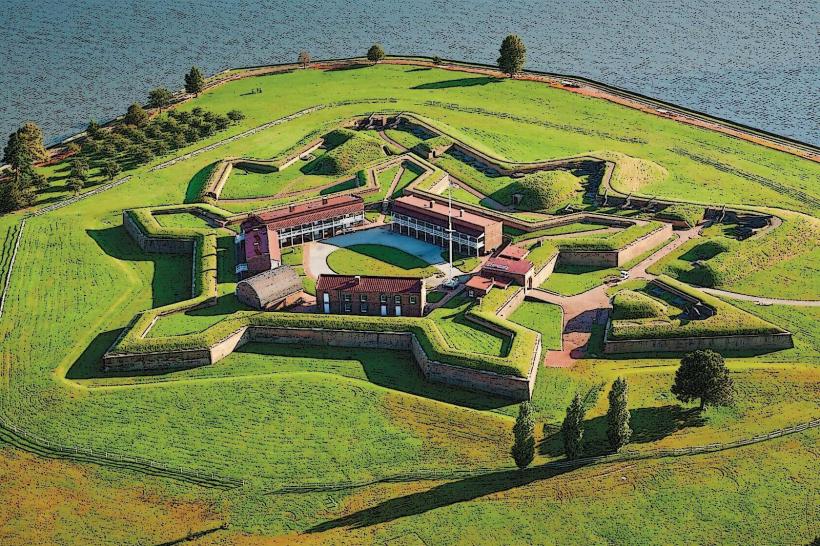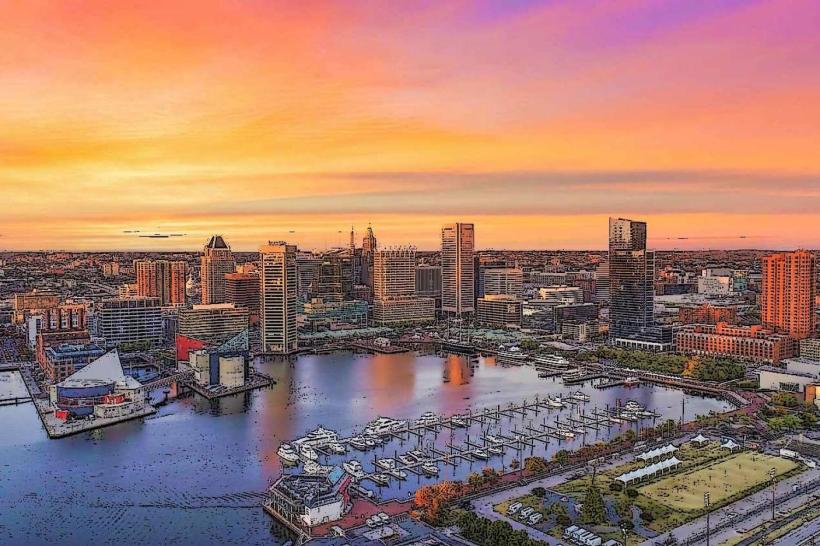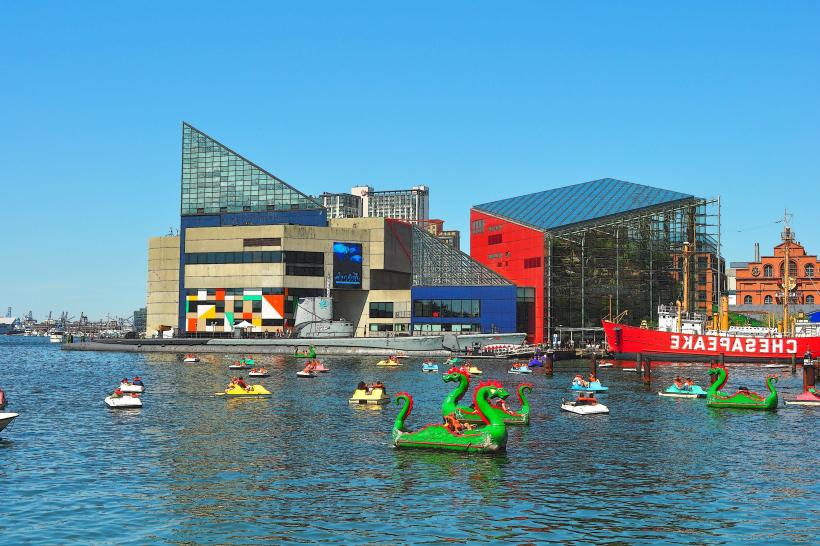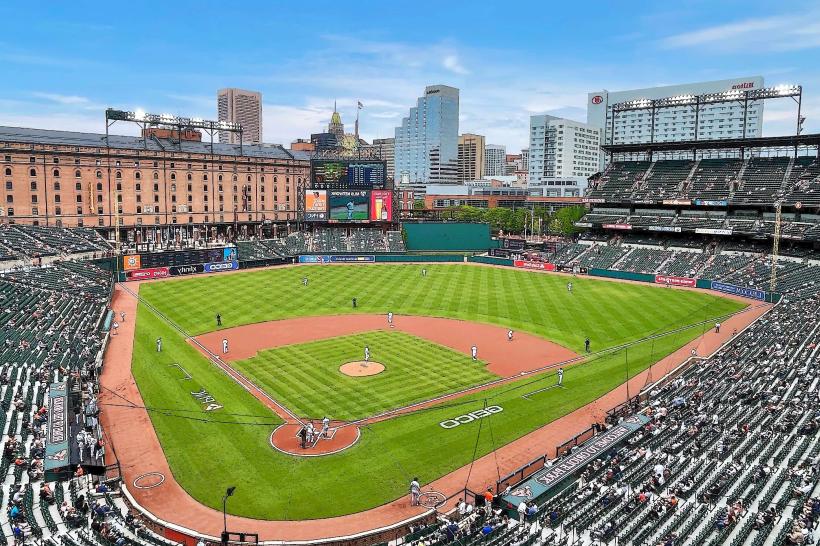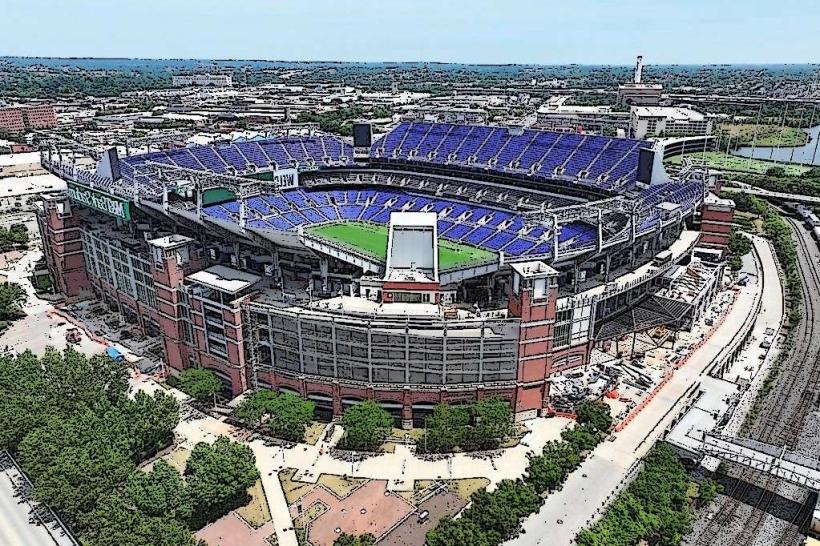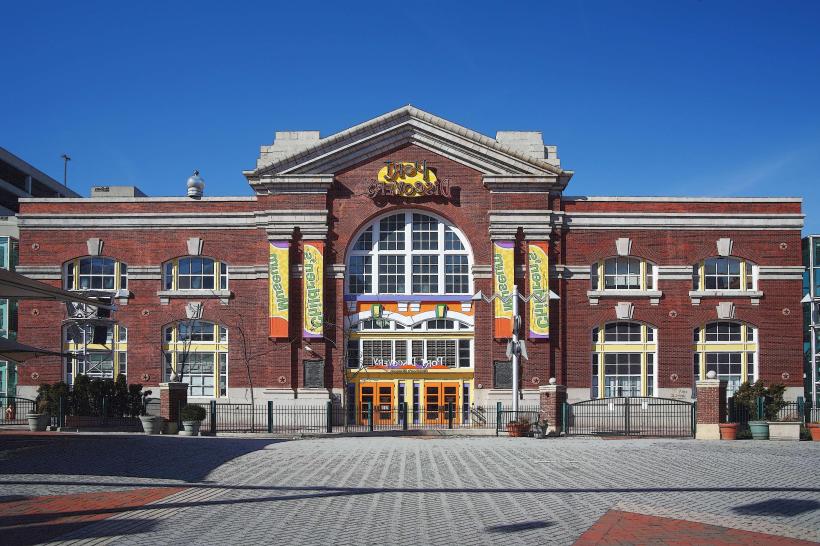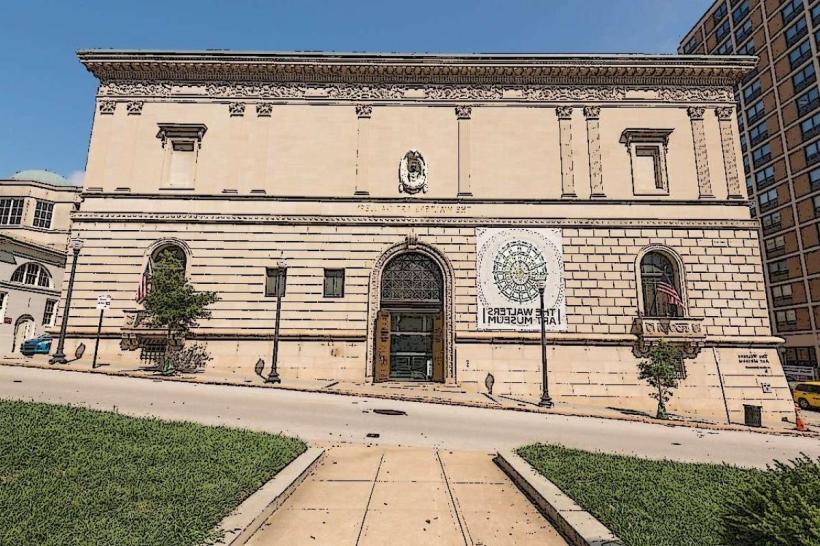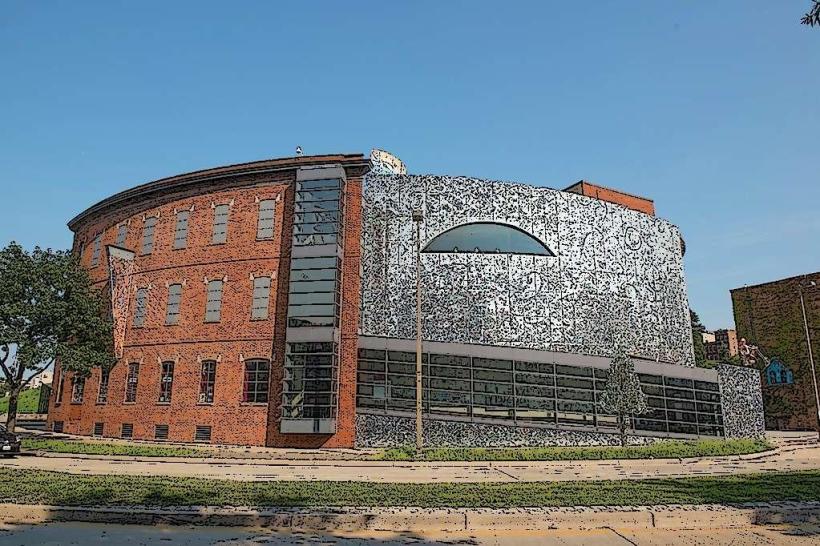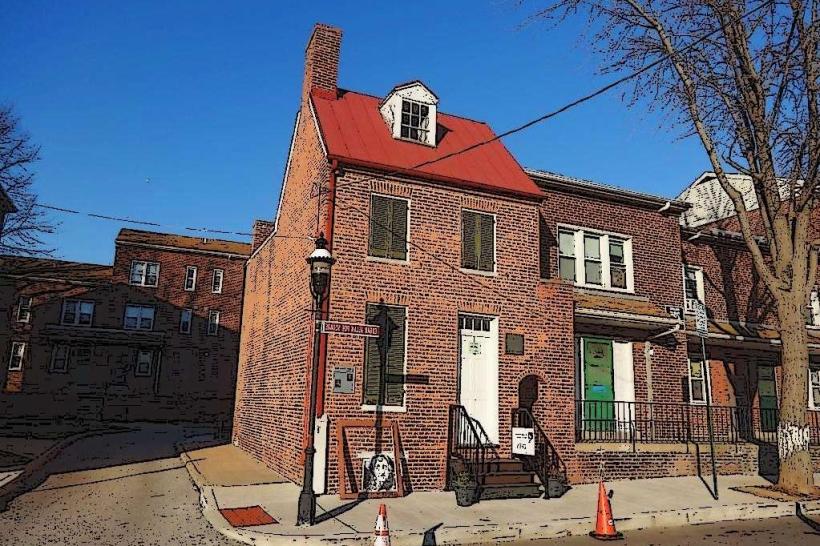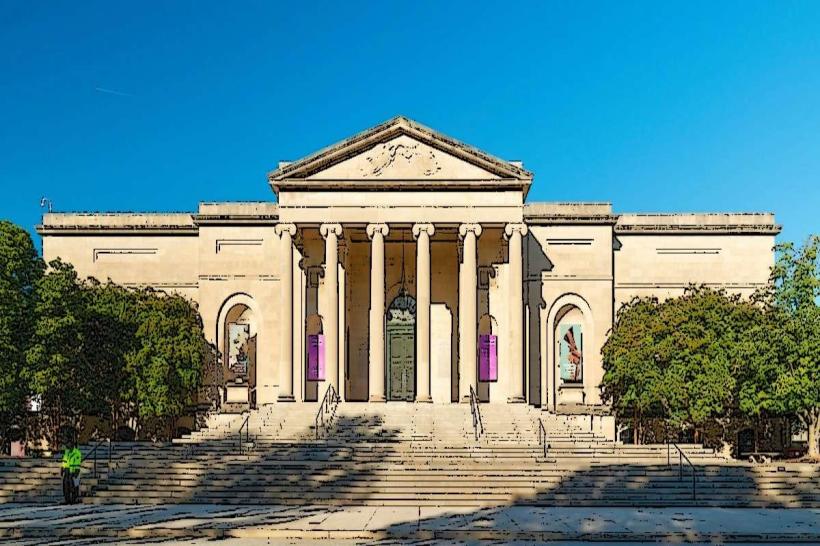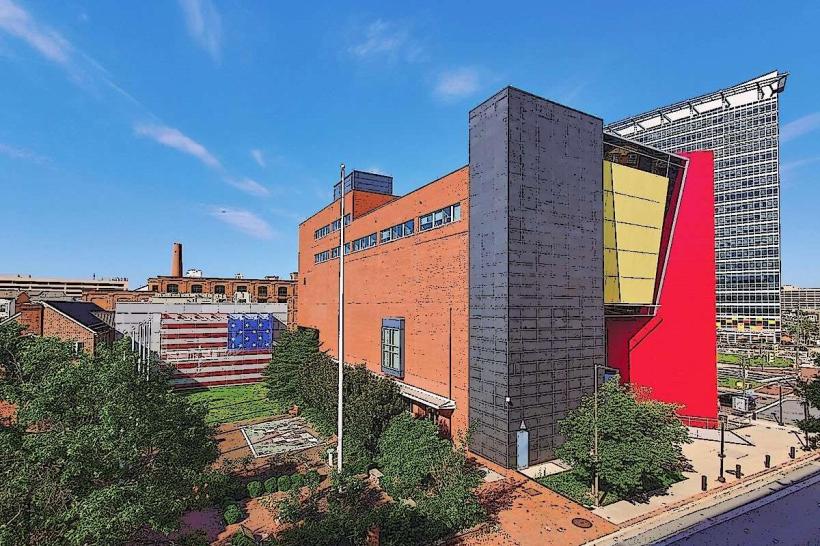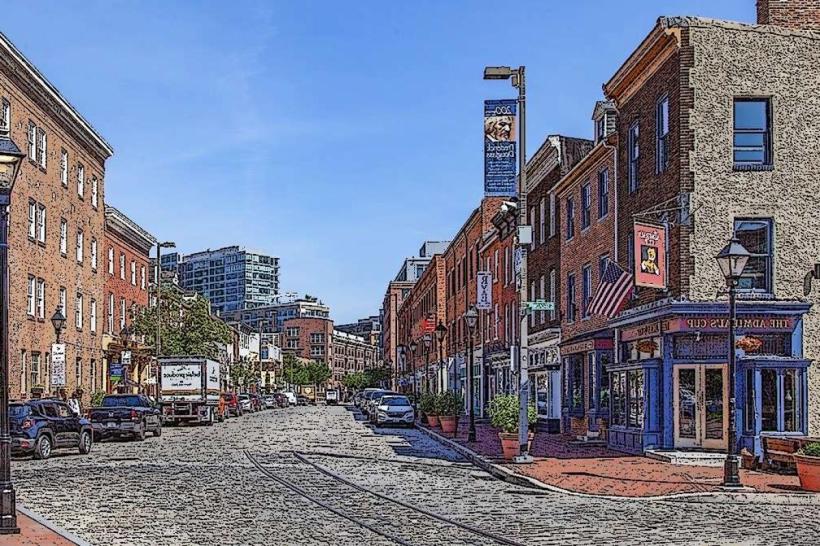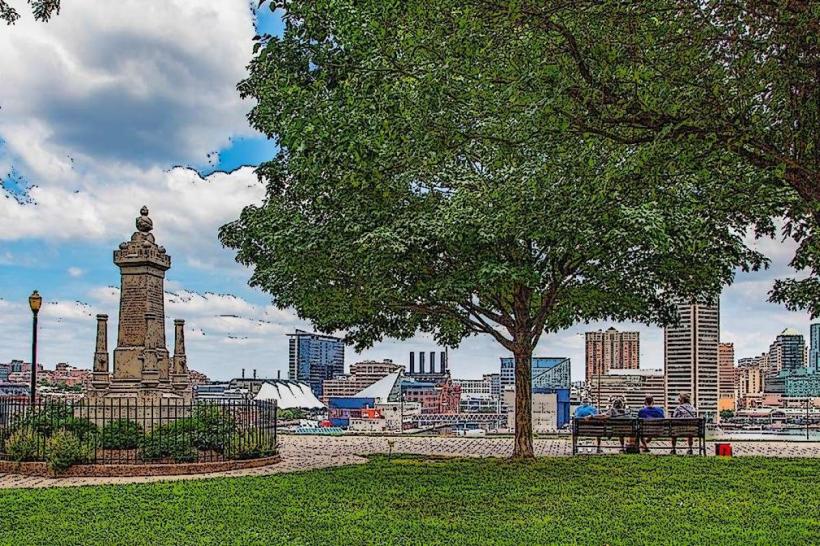Information
Landmark: Maryland Zoo in BaltimoreCity: Baltimore
Country: USA Maryland
Continent: North America
Maryland Zoo in Baltimore, Baltimore, USA Maryland, North America
Overview
Founded in 1876, the Maryland Zoo in Baltimore ranks as the nation’s third oldest, a lively hub for learning and culture nestled among the tall oaks of Druid Hill Park, therefore spread across roughly 135 acres, the zoo shelters more than 1,500 animals from nearly 200 species worldwide, inviting visitors to watch a tiger stretch in the sun, learn about conservation, and enjoy a day of family fun.Founded as the Baltimore Zoo, the Maryland Zoo has spent nearly 150 years growing into a trusted hub for wildlife conservation, research, and education-where visitors can still hear the distant call of a lion on a summer afternoon, consequently its mission is to spark a love for the natural world, inviting visitors to wander through vivid exhibits, touch interactive displays, and join conservation efforts that stretch from their own backyard to distant shores.Actually, The zoo holds accreditation from the Association of Zoos and Aquariums (AZA), a mark of its dedication to caring for animals with skill and integrity-right down to the clean straw in every habitat, in conjunction with tucked inside Druid Hill Park-one of the nation’s oldest landscaped public parks-the Maryland Zoo enjoys a canopy of green that shades winding paths and makes its animal habitats feel almost wild.The park’s rolling hills, towering antique trees, and shimmering lakes create a picturesque backdrop where the zoo blends naturally into the greenery, giving visitors a calm, scenic setting to wander, while at the Maryland Zoo, you’ll find a wide variety of animals, each grouped into themed zones that mirror their natural habitats-from sun-dappled forest clearings to rocky, windswept cliffs-while highlighting the importance of conserving every species.African Journey takes you across recreated savannas and shadowed forests, where you might spot towering giraffes, hear a lion’s distant roar, or watch elephants lumber past white rhinos, zebras, and snuffling warthogs, then the habitat features roomy enclosures filled with leafy trees, fresh water pools, and engaging spots like a giraffe feeding station, where visitors can hand-feed the tall, gentle animals while staff watch nearby.Penguin Coast is home to North America’s largest African penguin colony, where rocky ledges rise over clear, cool pools that shimmer in the light, moreover you’ll often spot penguins gliding through the clear water or shuffling down the gravel paths, and the daily feeding shows give you a close-up scan at their habits and the world they live in, roughly Northern Passage recreates the lush, green forests of the northern hemisphere and is home to grizzly bears Nova and Nita, consequently they roam a spacious, enriched habitat with sturdy climbing logs, cool pools, and thick natural brush that encourages them to behave just as they would in the wild.Oddly enough, Maryland Wilderness showcases the wildlife of the state and its neighboring areas, featuring playful river otters, elusive bobcats, and a variety of native birds, giving visitors a clear sense of the region’s animals and the ecosystems they call home, while the Farmyard is built with kids and families in mind, offering an interactive petting zoo where you can feed goats, stroke the soft wool of a sheep, meet curious alpacas, and watch chickens scratching in the dirt.It helps people learn about caring for animals, working the land, and the unique bond you feel when a horse nuzzles your hand, likewise zooMORE Experiences let visitors step behind the scenes, feeding a giraffe’s long, velvety tongue, watching otters learn playful tricks, and chatting with keepers about the animals they care for.Immersive moments like watching a keeper hand-feed a giraffe draw visitors closer to the rhythms of animal life and the behind-the-scenes work that keeps the zoo running, simultaneously the Maryland Zoo takes part in conservation programs across the globe and closer to home, from protecting rare African birds to restoring local wetlands.It helps breed endangered species, nurses injured wildlife back to health, and backs field research projects across the globe-like tracking sea turtles under a moonlit sky, after that here in town, the zoo teaches visitors about Maryland’s native animals and wild spaces, from the red fox’s quick dart through tall grass to the call of a barred owl, inspiring care for biodiversity and the environment.The zoo’s sustainability efforts include switching its fleet to electric vehicles and installing charging stations, where you might hear the soft hum of a car plugging in, on top of that switching to LED lights and adding better insulation can cut energy use and keep rooms warmer on nippy mornings.We use bio-retention basins and step pools to control water flow, cut down on runoff, and keep stormwater cleaner, letting it settle clear as glass before moving on, on top of that cut plastic waste by phasing out single-use items and setting up water refill stations, where the cool splash of fresh water makes it easy to stick with a reusable bottle.The zoo welcomes guests of every age and ability, with smooth paths you can roll a stroller along, shady benches for a quick rest, easy wheelchair access, and rentals to make the day simpler, at the same time vivid signs scattered across the grounds share vivid details about each species, their habitats, and why conservation matters.On-site, you’ll find a lively gift shop packed with souvenirs and a café where the scent of fresh coffee drifts over trays of snacks and hearty meals, on top of that families, school groups, and wildlife lovers can catch seasonal events, join hands-on camps, and dive into activities like feeding the giraffes at the zoo.From March through December, we’re open every day from 10 a.m, at the same time to 4 p.m.-just in time to catch the morning light spilling across the entryway.In January and February, we’re open Friday to Monday, 10 a.m, meanwhile to 4 p.m.-perfect for a crisp afternoon visit, roughly We’re closed on Thanksgiving and Christmas Day, when the streets are quiet and the air smells like cinnamon, besides general admission is $33 for anyone aged two or older, the price of a crisp modern bill in your hand.Just so you know, ZooMORE tickets-good for unlimited train rides, carousel spins, or even a virtual reality adventure-are just $41, and kids younger than two get in free-no ticket needed.You can park at the zoo for free, and there’s plenty of room in the marked lots off Druid Park Lake Drive, just past the enormous oak by the entrance, consequently you can easily reach the Maryland Zoo by car, with radiant green signs guiding you in from major highways like I‑83, I‑95, and I‑695.The Maryland Transit Administration runs several bus routes, from downtown streets to quiet neighborhood stops, as well as the Maryland Zoo in Baltimore blends a proud history with bold conservation efforts and lively, hands-on experiences, making it a vital hub for wildlife education and protection in the region.Wide-open habitats, a rich mix of wildlife, and a clear focus on sustainability make it a setting where visitors feel at home in nature, hear the rustle of leaves overhead, gain a deeper grasp of biodiversity near and far, and leave inspired to help protect it, besides with its hands-on exhibits, lively educational programs, and kid‑friendly spots like the shaded picnic area, the zoo keeps drawing locals and visitors who cherish it.
Author: Tourist Landmarks
Date: 2025-10-06


